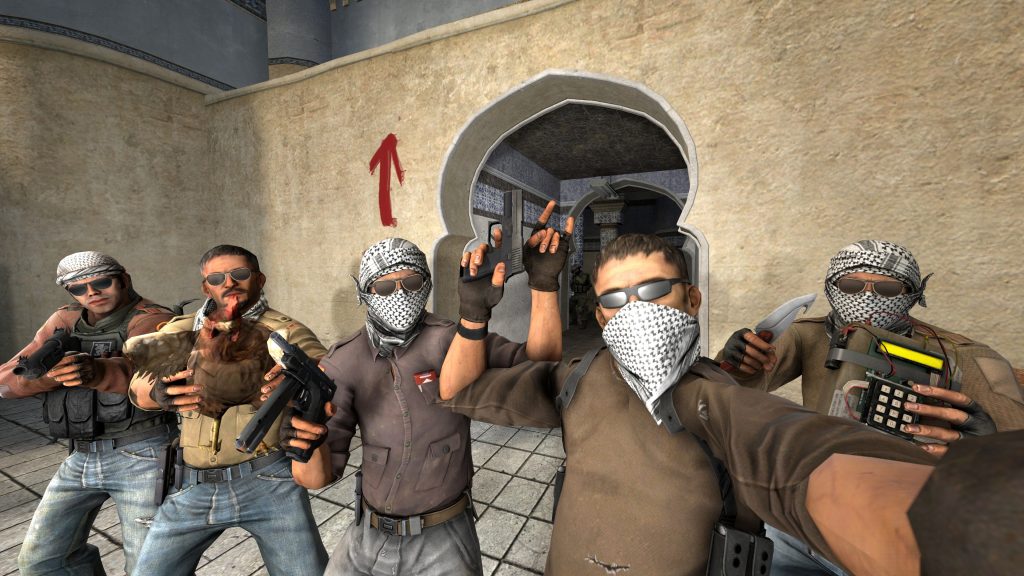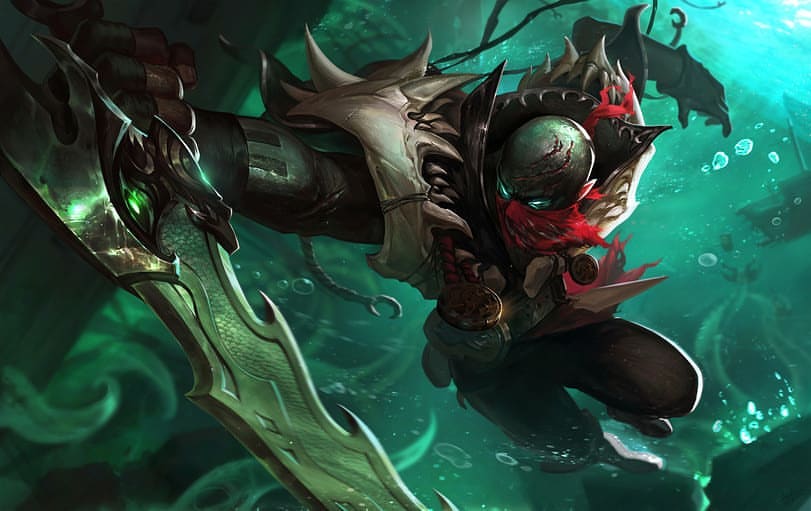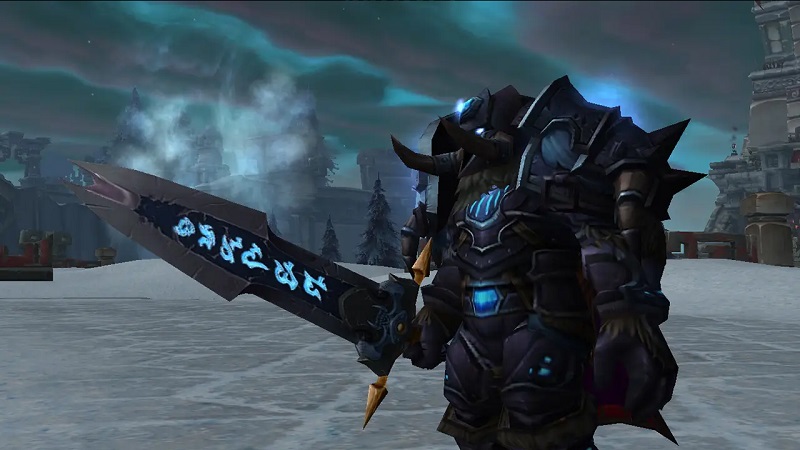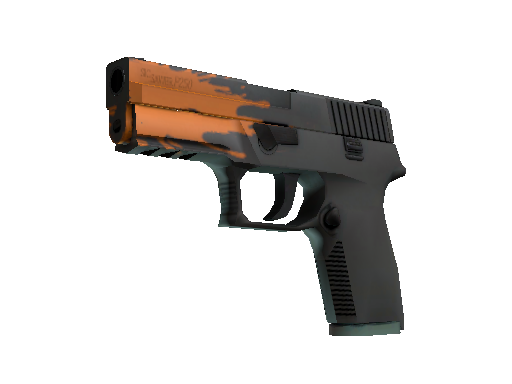Rubberbanding in CS2 Negatively Impacts Competitive Experience
Rubberbanding in Counter-Strike 2 CS2 has become a significant issue that negatively impacts the competitive experience for many players. Rubberbanding occurs when a player’s character appears to teleport or move erratically, often appearing to jump back and forth over short distances, despite the player’s intended movement. This problem is typically the result of poor network conditions, such as high ping or unstable internet connections, but it can also arise from server-side issues, such as lag or insufficient server performance. In the fast-paced and precision-driven world of competitive Counter-Strike, rubberbanding can create a frustrating experience that severely undermines gameplay and fairness. The most immediate effect of rubberbanding is that it disrupts player movement, making it nearly impossible to accurately navigate the game environment. In a game like CS2, where precise positioning, timing, and reaction times are crucial to success, any kind of delay or misrepresentation of movement can result in a lost round or even an entire match.

When a player is attempting to peek around a corner or evade enemy fire, rubberbanding can cause their character to appear at a different location than intended, leading to missed opportunities or unanticipated deaths. This creates a sense of unfairness, as players are being punished for something that is largely outside of their control. Moreover, rubberbanding exacerbates the issues of poor hit registration, which is another prevalent concern in online competitive games. In these cases, players might shoot at an enemy who seems to be standing still, but due to lag, their bullets may not register correctly. The result is a frustrating scenario where a player’s actions do not correspond with what is shown on their screen, leading to confusion, dissatisfaction, and, in the worst cases, defeat. For players competing at high levels, where fractions of a second can determine the outcome of a round, such discrepancies can feel particularly punishing. The competitive integrity of CS2 is also threatened by rubberbanding.
Players may feel that the issue undermines their efforts to improve, as the game’s technical flaws appear to have a direct impact on their performance. In a competitive environment, where every player strives to optimize their skills and strategies, knowing that rubberbanding could affect the outcome of a game leads to a sense of frustration and disillusionment. Even worse, it can make players reluctant to engage in higher-stakes matches, such as ranked games or tournaments, where the consequences of a lost match can be particularly significant. Furthermore, rubberbanding has a detrimental effect on teamwork and coordination, especially in a game like CS2, which requires tight coordination between teammates. When a player’s movements are unpredictable, it becomes difficult to execute strategies that rely on precise timing and synchronized actions. A coordinated push or retake can quickly fall apart if one or more players experience rubberbanding, as it introduces confusion and miscommunication. This problem is especially problematic in high-level competitive play, where team dynamics and tactical execution are essential to victory.




 Key subjects of old adaptable games were parlor game containing backgammon, chess, checkers, and a few key ones started from old Chinese turn of events. On the indisputable other hand, cells are simply comparatively sensational as PC game thinking appearances used in the social affair seasons of such class of skins games. A class of skins game all over use players a strong authority over the characters they are playing with. Old assortments of FPS and RPG games have completely been changed over into versatile video gaming premise, supporting the
Key subjects of old adaptable games were parlor game containing backgammon, chess, checkers, and a few key ones started from old Chinese turn of events. On the indisputable other hand, cells are simply comparatively sensational as PC game thinking appearances used in the social affair seasons of such class of skins games. A class of skins game all over use players a strong authority over the characters they are playing with. Old assortments of FPS and RPG games have completely been changed over into versatile video gaming premise, supporting the